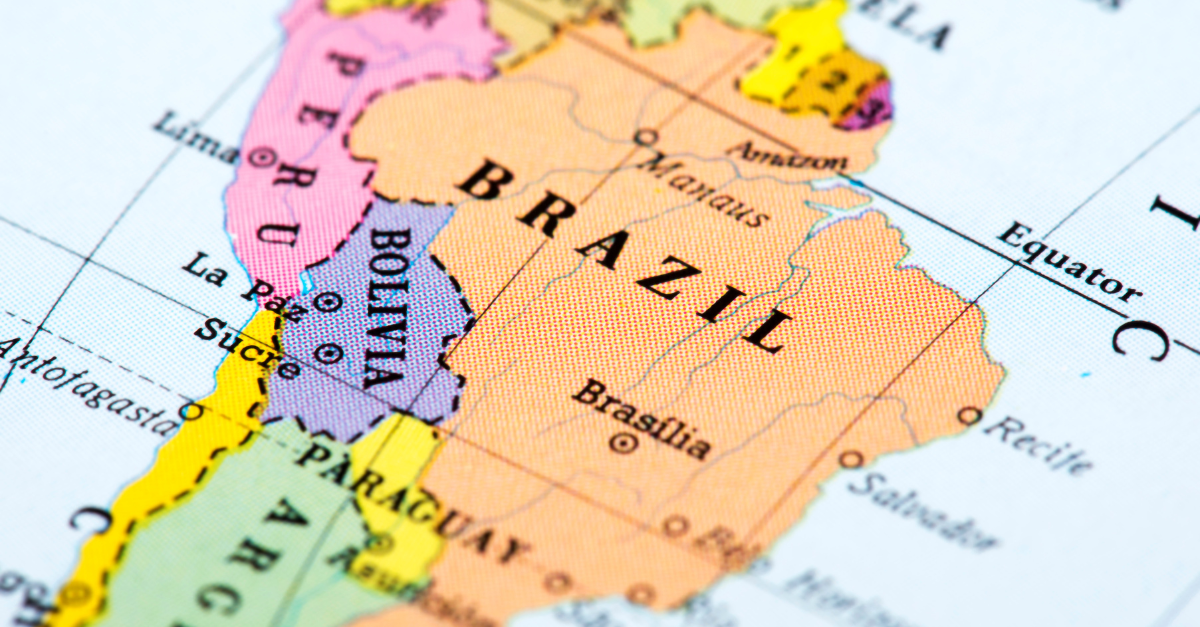
The SR500 Blueprint: How Morocco and Switzerland are Industrializing Rooftop Solar

Foreign Direct Investment in Brazil: Mining at the Center of a New Capital Cycle
.png)
In a moment of geopolitical fragmentation and cautious capital, Argentina just sent a strong signal to the world: the race for resilient energy assets is not slowing down, it's getting smarter.
On July 8th, VMOS, a consortium of major oil and gas players operating in Argentina, announced a $2 billion syndicated loan to finance the Vaca Muerta Oleoducto Sur, a new pipeline connecting one of the world's largest shale oil formations to export terminals. Backed by global heavyweights like Citi, JPMorgan, Deutsche Bank and Santander, the five-year deal will cover 70% of the project's capital needs. The infrastructure is expected to be operational by 2026, with a full transport capacity of 550,000 barrels per day by 2027.
There’s an inconvenient truth the transition community must embrace: scaling clean energy requires financing and systemic resilience. Argentina, often overlooked due to economic volatility, is now positioning itself at the intersection of transition and energy security.
According to PwC’s mid-2025 M&A report (source: PwC. (2025, June). Global M&A Industry Trends – 2025 Mid-Year Outlook), while deal volume globally has shrunk, deal value is rising, driven by a focus on fewer and more strategic investments. Capital is flowing into scalable, high-impact assets that ensure security, diversification and long-term returns. Energy infrastructure like VMOS fits this model. It may be fossil-based, but it’s part of a broader system that underpins stability while countries pivot to clean technologies.
This is not a contradiction, it’s the complexity of transition.
PwC’s data shows a reshaping of investor criteria. The winners? Companies that can:
Argentina checks these boxes. Vaca Muerta is not just a fossil reserve, it’s a springboard. The revenue and stability it can bring could fund renewables, electrification and hydrogen infrastructure in a country rich with solar, wind and critical minerals.
This is the nuance we often miss in global net-zero discourse: short-term hydrocarbons are sometimes financing long-term decarbonization.
The financing of Vaca Muerta’s Oleoducto Sur signals a deeper truth about the energy transition: it’s not about abandoning traditional resources overnight, but about strategically managing their role in a changing global system. In a world of rising volatility and selective capital, countries like Argentina, rich in natural assets and increasingly aligned with long-term transition goals, are carving out a new position on the global map.
This moment highlights the evolution of what “transition-ready” means. It’s not just solar panels and wind farms, it’s also about strengthening the infrastructure, governance and technological backbone that enables a shift toward more resilient, lower-carbon systems. And sometimes, that means financing the present in a way that unlocks the future.
The coming year will likely determine which projects rise to the surface as essential building blocks of tomorrow’s energy security. Argentina’s emerging energy architecture may very well be one of them.
In a landscape where energy transition is too often framed in black and white, Argentina is painting in shades of grey, and doing it boldly.
The Vaca Muerta pipeline deal is more than a local story. It's a live case study in how emerging markets can attract global capital by aligning energy resilience with transition potential. For The Net-Zero Circle, it's a reminder: the path to net-zero is not linear, but it's moving fast.
Let’s make sure we’re watching the right signals.
Stay tuned for our upcoming deep dive: “Transition Capital in LatAm, Where Infrastructure Meets Impact.”


.png)